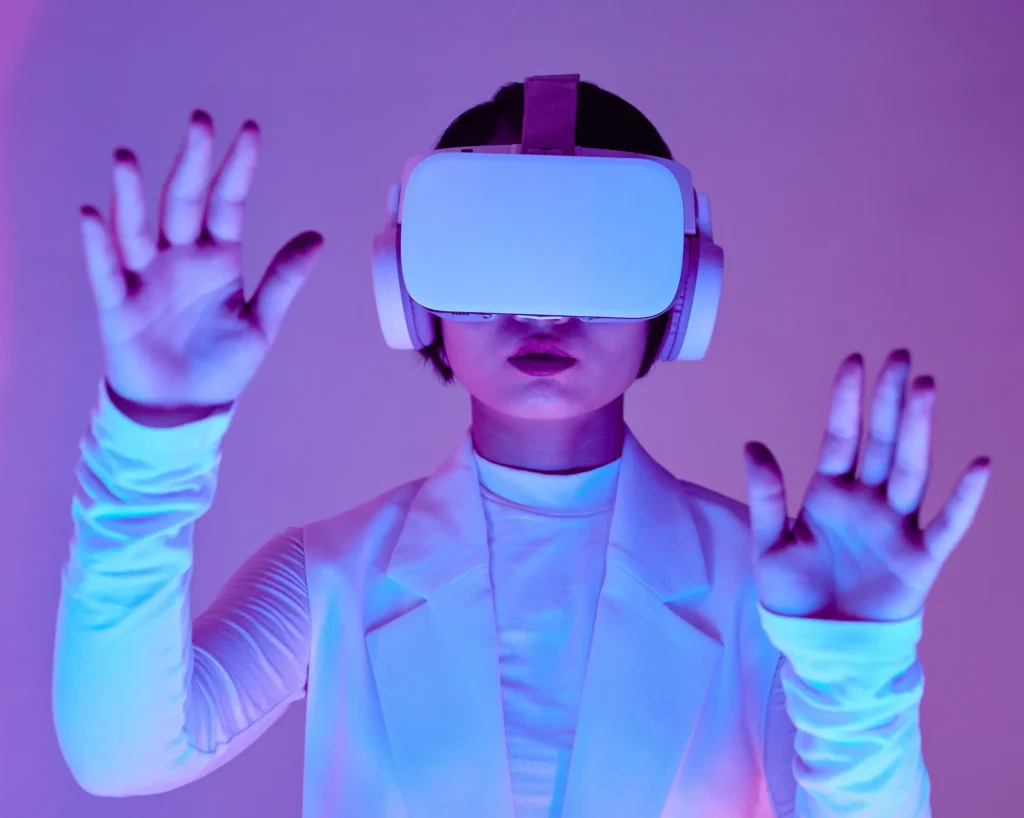Augmented Reality Ads: Are They Worth the Investment?

Why Augmented Reality Ads Are Gaining Attention
In the fast-paced world of digital marketing, brands are constantly looking for innovative ways to capture consumer attention. One trend making waves is Augmented Reality Ads. These interactive experiences allow users to engage with digital elements in real-world environments, making them more memorable and impactful.
Unlike static or video ads, AR ads provide an immersive encounter. Consumers can visualize products in their space, try on items virtually, or interact with brand experiences in real-time. Because of this, engagement rates are often higher compared to traditional formats.
The Benefits and Challenges of Augmented Reality Ads
While the appeal of Augmented Reality Ads is undeniable, the investment is not small. Creating AR experiences typically requires more time, resources, and technical skill. That said, brands willing to invest in this tech are often rewarded with stronger consumer engagement and brand recall.
Moreover, platforms like Instagram, Snapchat, and even Google now support AR advertising. This growing accessibility means brands can reach audiences across popular channels without building entirely custom experiences.
However, it’s important to note that not all products or services are ideal for AR formats. Brands need to evaluate their target audience, industry relevance, and campaign goals before diving into this technology. If done well, though, AR can transform passive viewers into active participants.
Should Your Brand Invest in AR Ads?
As digital experiences become more immersive, Augmented Reality Ads offer a unique edge. They stand out in crowded feeds and create emotional connections that standard ads rarely achieve. Yet, they should be part of a broader strategy—not just a gimmick.
For brands that prioritize innovation and interactivity, the investment may be well worth it. But success depends on thoughtful execution and clear ROI goals. Ultimately, as AR technology becomes more mainstream, it could redefine how brands advertise in the years to come.